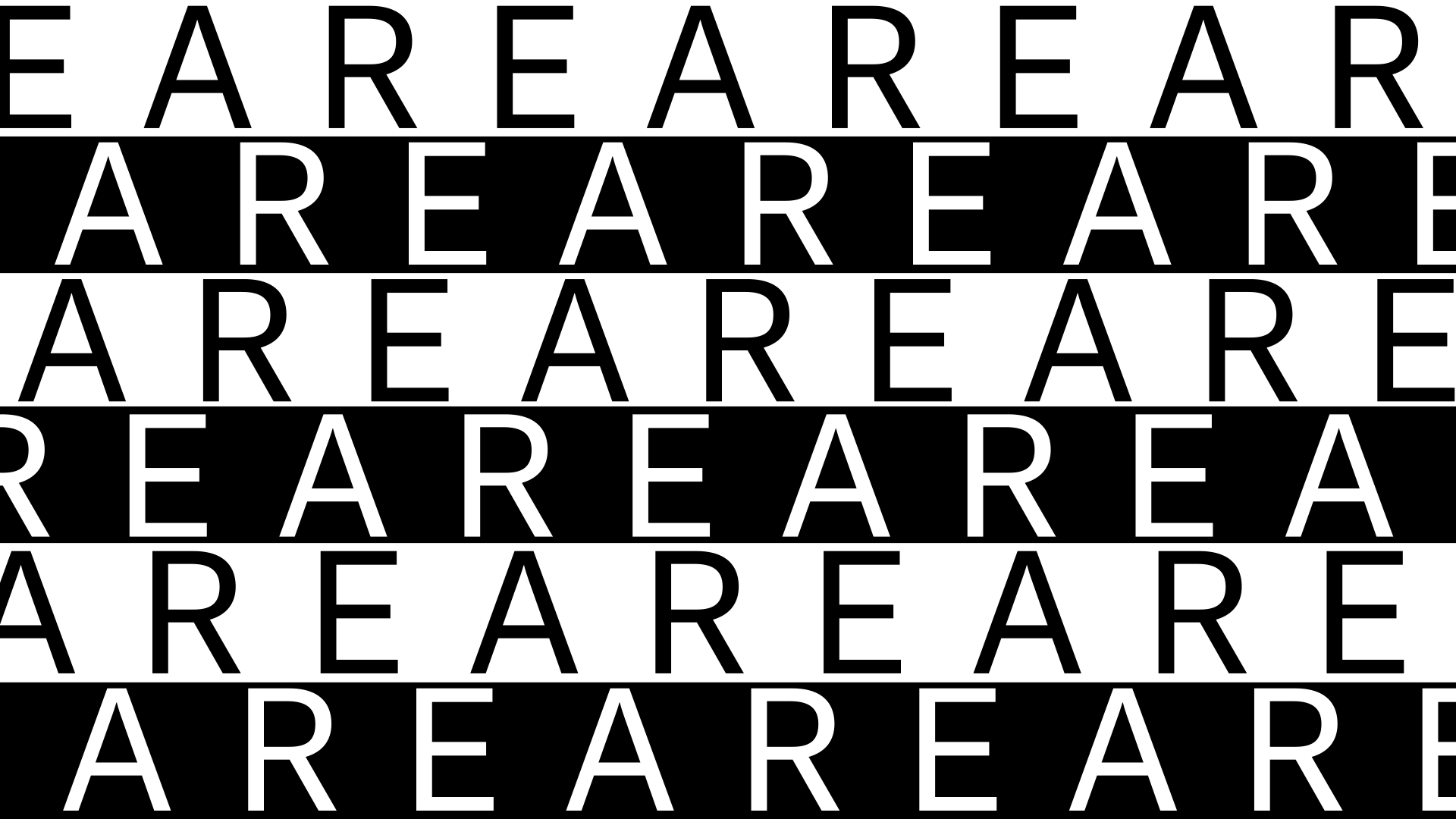UNTRAINING THE EAR:
Listening session n°7
The air was filled with sound as far as your ear could see
Listening Session N°7
20.12.2018 20:00
Konzert und Gespräch
Mit Jessica Ekomane Etoua
Tickets 6 EUR online tickets here at Residentadvisor
Entrance Gerichtstraße 35 13347 Berlin
I like to reuse the occasional errors I make during my process, as a way to break against the sleek logic of the digital.
If one wants to find a guiding principle in Jessica Ekomane’s body of work, the listening body easily starts swerving away from sound related vocabulary and dives into the realm of psychology, quasi astronomy and nuclear physics. The listener is exposed to ever changing, disintegrating & reforming, attracting and repelling atoms of sound, which constellate and re-constellate themselves over and over again in one’s mind, while becoming an active agent of her open scores through ones mere presence and movement in a –through sound pressure waves– ignited space.
Spelling out the music of Jessica Ekomane, we can discover how she is confronting reprogramming sonic spontaneity with historical facts. The usage of Gestalt psychology rooted in the Berlin School of Experimental Psychology touches upon the wholeness of the self governed mind in the present tense. She creates applied psychoacoustics effects through staging or imposing similar tones with a use of a computer that calls for a togetherness rooted in the specifics resembling rhythmic complexities of music made with instruments.
My definition of an 'instrument' is a broad one. It basically includes any tool used for making one's work.
The transformations she aims for in her techniques, are a result of her attention to specific aspects in norms given to musical parameters where she is following rather the misfits of “melody”, “harmony” and “rhythm”, “tone” or “texture”.
The audience and performers can experience sensations of moving in space as well as perceiving sounds moving through space. They can also experience the relationship of moving in space in relation to sounds moving in the same space while the space itself is changing. Such audio illusions or virtual acoustics can function as a new parameter of music [...]
Within the specificity of a practice that calls for explanations, for Jessica, technology is rather a tool that adjusts in response to working with theoretical texts and previous musical knowledges. In her approach to research, data gathering processes inform the spontaneity of her creative endeavor rather than her creation is informed by data.
The audience, as the body of listeners, is invited to actively listen to her work performed in a quadraphonic set up where imminent sounds are in an constant state of change, bouncing from the corners of the library space in SAVVY Contemporary into the ears of the listeners and back into the room, reshaping its classified illusory character.
Following the listening experience, we gather in the same space to engage in a conversation with Jessica Ekomane about the importance of technology as tools, the importance of referencing, archives and history and the value of spontaneity, unintentional creations versus intention in the sound-art and music making.
Jessica Ekomane's practice unfolds around music and sound installations. She is one of the Berlin Community Radio [INCUBATOR] residents for their 2017 edition. She has performed in various institutions across Japan, Australia and Europe such as CTM festival, KW (Berlin), Ars Electronica (Linz), Dommune (Tokyo) or MUMA (Melbourne).
The seventh listening session is a part of Untraining the Ear: SAVVY Contemporary, Deutschlandfunk Kultur and CTM Festival suggest an alternative way to listen to music and sound through a year series of events – UNTRAINING THE EAR, split into six listening sessions. We invite up-and-coming Berlin based, international musicians and composers, to perform sixty-minute long program of an uninterrupted listening session preceded by a moderated conversation between performers, curators and listeners. This will be premiered live in SAVVY Contemporary and premiered for the first time on the air of Deutschlandfunk Kultur.
Moreover, in order to contextualise how we listen to the world today we also need to replay the past of abounding sonic references. We (the audience, the performers, the space, the radio, the moderators and the technicians) will rhetorically navigate through archives of maverick composers in the attempt to reindex their contributions, to create other possible genealogies and narratives. By involving sound practitioners coming from diverse genres to perform, and scholars to discuss works of the composers, we listen back to the influence and ingeniosity of musicians and sound artists who defy the linearity of 20th century avant-garde music history. We would like to shed light on and unbox works of pioneers such as Halim El-Dabh, Eliane Radigue, Jose Maceda to mention a few. We will also commission new works to echo and reflect (with a contemporary take) rare archival body of works that have been marginalised by history of avant-garde music and sound art.
Kuration Jan Rohlf
KoKuration Marcus Gammel, Kamila Metwaly
Produktion Beya Othmani, Ola Zielińska
KommuniKation Jasmina Al-Qaisi, Anna Jäger, Taïca Replansky
Visuals Elsa Westreicher
Management Lema Sikod, Lynhan Balatbat-Helbock
IN Kollaboration mit Deutschlandfunk Kultur und CTM Festival
auf sendung Klangkunst by Deutschlandfunk Kultur, präsentiert von Esther Schelander
förderung Musicboard Berlin, Goethe Institut
MedienPartner Norient

